Splinterlands 🐉| What was the Learning Journey Before and What is it Today? [EN/PT]

The theme of this week's Splinterlands Community Engagement Challenge is about the learning curve of players in the NFT card game Splinterlands. The main focus is on the player's own journey, but as I believe this theme has already been discussed before, I decided to approach it in a comparative way, the journey before and how the journey is today. But of course, I will try to add new details to the player's journey, based on the theme's suggestions, such as: Greater difficulty and mechanics that took time to learn, a tip for the past and present and much more. Come check it all out now!
I'll be much appreaciated if you Upvote, Reblogs or give any Tips ( PIZZA 🍕, PGM 🎮, LOLZ 😆, ALIVE ❤️, etc ). Thanks and have good reading! 🍀

[ENGLISH VERSION]
What was the Learning Journey like?
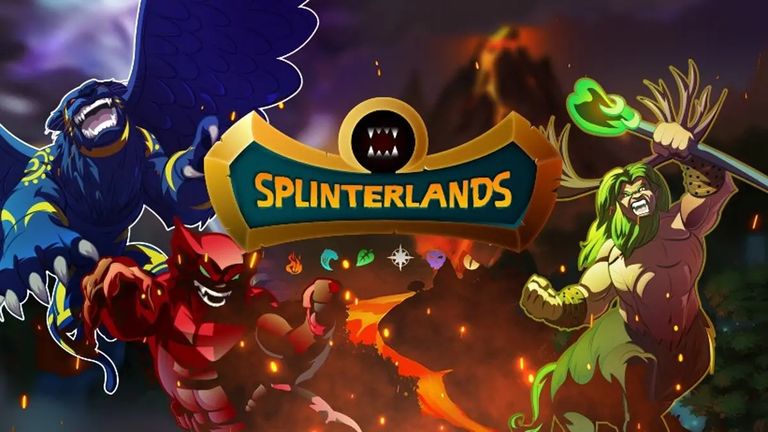
In this journey at the beginning of Splinterlands, when I had my first contact with the game, everything was very difficult. I believe that this difficulty has nothing to do with Splinterlands alone, but with everything new that you encounter, there is a learning curve that, after understanding, you look back and it seems like everything was easy. Initially, there were no great tutorials available, like there are today with the academy and the mini guides at the top of the pages, which made it difficult to understand how to play.
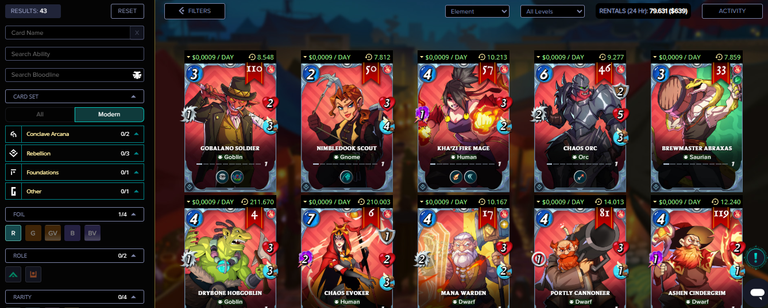
As intuitive as the game is, the issue of deck building and which cards to have was a big problem, because all the cards were very expensive, so you couldn't test to know which ones actually worked. Even renting cards wasn't very appealing, because it wasn't clear how much you could earn by renting cards, since there weren't as many tools as there are today. Just like any card game, it takes a while to understand what each card does and the combos.
A big help at that time were the deck guide videos for certain elements, where YouTubers made content about which were the best cards to have in each deck, and especially in my case the deck videos for beginners since I didn't have a collection yet. The problem is that as much as the content helped, some cards in that guide were very expensive, and evolving cards was even more expensive, so I ended up staying in bronze for a long time, because I didn't have the confidence to take that extra step and didn't have the tools to evaluate whether it was worth it or not. Today there are some interesting videos for beginners, like this one from bronzedragon, which shows the way to continue progressing in the game!
The people who managed to move up to the other leagues did so because they had the resources to rent or buy cards, and they tested strategies until they found one that worked for them at the lowest cost to stay in high leagues. For a beginner who had no idea, it was a very difficult start. Also, since most people rented cards, the feeling of ownership that is one of the pillars of collectible card games was not as present.
How is the Journey going today?

Nowadays, the entire path is more simplified. The biggest change for any new player was the addition of the campaign mode. In it, players learn all the game's content little by little and in a well-instructed way, without the need to search for content until they find something that is useful. They also receive some basic cards, to generate that feeling of ownership in the first few days of the player's contact with Splinterlands.
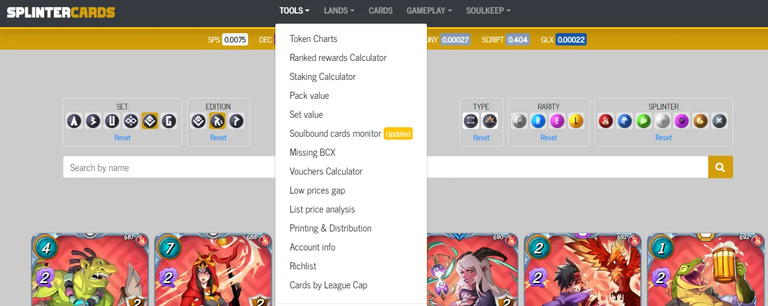
Another big change is the tools. Today you can rent an entire deck that another player has put together, without having to think so much about how to put together a deck and which cards to choose. There are websites like Splintercards, which have several calculators for you to evaluate the cards and much more. In the next Splinterlands, today you have more filter options and a more modern and clean interface that makes choosing cards much easier.
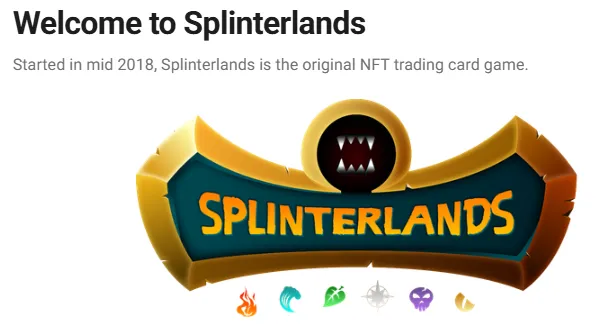
Finally, over time the Splinterlands team itself has also been developing and improving the game's Docs, making it quite complete, presenting details about gameplay, cards, rewards, guild, game tokens, land and the platform in general, being another place of information for new players.
A negative point is that today I see fewer content creators engaged with the game than before. But there are still Splinterlands creators to this day, and in the web3 gaming niche, it's quite rare to see creators talking about a game for so many years, since most ceases to exist in a short time, while Splinterlands has been available since 2018.


A temática do Splinterlands Community Engagement Challenge dessa semana é sobre a curva de aprendizado dos jogadores do card-game nft Splinterlands. O foco principal é sobre a jornada do próprio jogador, mas como acredito que já tenha tido esse tema antes, resolvi abordar de forma comparativa, a jornada antes e como a jornada está hoje em dia. Mas claro, vou buscar adicionar detalhes novos na jornada do jogador, com base nas sugestões do tema, como: Maior dificuldade e mecânicas que levaram tempo para aprender, uma dica para o passado e para o presente e muito mais. Venha conferir tudo agora!
Fico agradecido se você puder dar um Upvote, Reblogs ou algum Tips ( PIZZA 🍕, PGM 🎮, LOLZ 😆, ALIVE ❤️, etc ). Obrigado e boa leitura! 🍀

[VERSÃO PORTUGUÊS]
Como era a Jornada de Aprendizado?

Nessa jornada do início do Splinterlands, quando tive o meu primeiro contato com o jogo, tudo foi muito difícil. Acredito que essa dificuldade não tenha haver só com o Splinterlands, mas sim com tudo novo que você se depara existir uma curva de aprendizado que depois de entender, você voltar a olhar e parece que tudo era fácil. Inicialmente, não havia grandes tutoriais disponíveis, como há hoje com o academy e os mini guias no canto superior das páginas, o que deixava difícil de entender como jogar.

Por mais que o jogo seja intuitivo, a questão da montagem de decks, quais cartas ter era um grande problema, porque todas as cartas eram muito caras, então você não conseguia testar para saber quais realmente funcionaram. Mesmo o aluguel de cartas não era convidativo, porque não era claro a matemática de qual seria o retorno ao alugar as cartas, já que não havia tantas ferramentas como hoje. Assim como qualquer jogo de cartas, leva um tempo para entender o que cada carta faz e os combos.
Uma grande ajuda nessa época foram os vídeos de guias de decks para certos elementos, em que youtubers faziam conteúdos sobre quais eram as melhores cartas para ter em cada deck e principalmente no meu caso os vídeos de decks para iniciantes já que não tinha uma coleção ainda. O problema é que por mais que o conteúdo ajudasse, certas cartas desse guia eram muito caras, e evoluir cartas era mais caro ainda, por isso acabei ficando muito tempo no bronze, por não ter a confiança de dar esse passo a mais por não ter ferramentas para avaliar se valeria ou não. Hoje tem alguns vídeos interessantes para iniciantes, como esse do bronzedragon, que mostra o caminho para continuar progredindo no jogo!
A galera que conseguia passar para os outros elos, era porque tinha recursos para alugar ou comprar as cartas, e ia testando as estratégias até chegar em uma que funcionava para elas com o menor custo para se manter em ligas altas. Para um iniciante que não tinha ideia, foi um início bem complicado. Ainda, como a maioria alugava cartas, a sensação de posse que é um dos pilares de jogos de cartas colecionáveis, não ficou tão presente.
Como está a Jornada hoje?

Hoje em dia todo o caminho está mais simplificado. A maior mudança para qualquer novo jogador foi a adição do modo campanha. Nele os jogadores vão aprendendo todos os conteúdos do jogo aos poucos e de forma bem instruída, sem a necessidade de procurar conteúdos até achar um que seja útil. Ainda, recebem algumas cartas básicas, para gerar essa sensação de posse já nos primeiros dias do jogador tendo contato com o Splinterlands.

Além disso, outra grande mudança são as ferramentas. Hoje você consegue alugar um deck inteiro já pronto, que outro jogador montou, não precisando pensar tanto em como montar um deck e quais cartas escolher. Existem sites como o Splintercards, que tem diversas calculadoras para você avaliar as cartas e muito mais. No próximo splinterlands, hoje você tem mais opções de filtro e uma interface mais moderna e clean que facilita muito a escolha das cartas.

Por fim, com o tempo a própria equipe do Splinterlands também foi se desenvolvendo e aprimorando o Docs do jogo, fazendo ele ficar bem completo, apresentando detalhes sobre gameplay, cartas, recompensas, guild, tokens do jogo, land e da plataforma no geral, sendo mais um local de informações para novos jogadores.
Um ponto negativo é que vejo hoje menos criadores de conteúdo engajados com o jogo do que antes. Mas ainda existem criadores do Splinterlands até hoje, sendo que no nicho de jogos web3, é bem raro ver criadores falando de um jogo por tantos anos, já que a maioria deixa de existir em pouco tempo, enquanto o Splinterlands está disponível desde 2018.

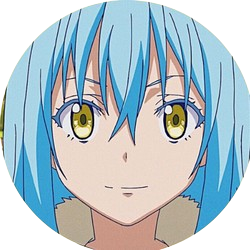
If you like Crypto, Play2Earn, Finance or Anime content, consider FOLLOW me, that way you'll receive a notification when new post is done.
Thank you for reading. See ya! 👋👋
Posted Using INLEO

Thanks for sharing! - @yonilkar
